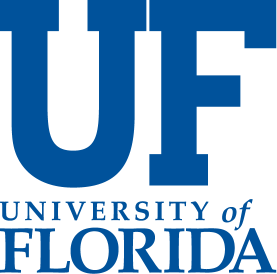The HapNan Interactive Learning Environment
Teaching Philosophy
Recent Courses
EML 4220 Mechanical Vibrations
The purpose of the course is to provide students with the fundamentals needed to perform vibration analysis for the design and use of various machines, systems, and structures.
Course Learning Goals and Outcomes
Upon completion of this course each student should have:
- Basic understanding of vibration analysis and the ability to apply this understanding to analyze and solve a given problem.
- Basic understanding of damped and forced vibration in single and multiple degree of freedom systems.
- The ability to apply advanced science and engineering principles in the design and analysis of structures to suppress or enhance vibrations.
EML 6934 Nanomechanics Simulation and Experimental Methods
This course provides an introduction to fundamental computational and experimental techniques for the study of nanoscale mechanics of materials. At the end of this course, students will have an awareness and understanding of the application of nanomechanics to such areas as nanocomposites, nanotribology, nanomanufacturing, and nanobiotechnology.
Course Learning Goals and Outcomes
- Students will have a broad understanding of the importance of nanotechnology and nanoscale mechanics of materials.
- Students will have a fundamental understanding of the change in material properties across scales, that is from the macro- to nanoscale.
- Students will be introduced to the implications of the unique material properties and behavior at the nanoscale and the tremendous opportunities to utilize these properties to engineer high performance and novel new technologies.
- Students will have a fundamental understanding and awareness of key experimental and computational methods for the study of material behavior at the nanoscale.
- Students will be introduced to fundamental instrumentation and characterization techniques used to study nanoscale mechanics including nanoindentation, scanning probe microscopy, electron microscopy, and optical spectroscopy.
- Students will be introduced to fundamental computational approaches used to understand and model nanoscale mechanics including classical molecular dynamics and multiscale materials modeling.
- Students will have an awareness and understanding of the application of experimental and computational nanomechanics to such areas as nanocomposites, nanotribology, nanomanufacturing, and nanobiotechnology. Students will have the ability to apply knowledge of nanomechanics to their own research.
EGM 3520 Mechanics of Materials
The purpose of the course is to provide students with the means of analyzing and designing various machine and load bearing structures. Concepts covered includes stress and strain at a point, stress-strain-temperature relations and mechanical properties of materials. Systems subject to axial load, torsion and bending. Design concepts, indeterminate structures, and applications.
Course Learning Goals and Outcomes
- Apply knowledge of mathematics, science, and engineering.
- Design a system, component or process to meet desired needs.
- Identify, formulate, and solve engineering problems.
- Understand professional and ethical responsibilities.
- Use the techniques, skills and modern engineering tools necessary for engineering practice.
Engineering Mechanics – Statics
Materials Science for Engineers
Advanced Characterization of Materials
